What Is An Eyelid Bump?
Eyelid bump refers to a painful, red lump that appears at the edge of the eyelid, normally where the eyelash joins the eyelid. The eyelid bumps are usually caused because of a bacterial infection or a blockage in the oil glands of the eyelid.
Eyelid bumps do not cause any harm and go away on their own with home treatment. However, sometimes they become painful and do not respond to home care or may affect the vision. These extreme conditions may require a doctor visit for managing the symptoms or to diagnose serious eye problems.
[Also Read: Why is corner of eye itching]
Types Of Eyelid Bump
There are three types of eyelid bumps that are commonly noticed.
1. Stye
A stye is a round red bump that looks like a pimple and is the most common type of eyelid bumps. Styes appear on the outer edge of the eyelid and occur because of the bacteria entering the oil glands of the eyelids causing an infection. The eyelid may feel sore, and you may experience sensitivity to light, watery eyes, or a scratchy sensation in the eye. A stye mostly occurs in one eye and may take a few days to form. And more than one stye can appear at a time.
2. Chalazion
A chalazion is a painless lump or swelling that occurs on the upper or lower eyelid. It is caused when the oil-producing glands in the eyelids become blocked. A chalazion usually grows larger than a stye and can interfere with the vision. Chalazia can occur in both eyes at a time.
3. Xanthelasma
Xanthelasma is a localized, harmless, yellow bump on the eyelid. Xanthelasma occurs because of fat deposits underneath the skin, usually on or around the eyelids. These bumps mostly appear in older adults and sometimes, they can be a sign of high cholesterol levels.
Other Eyelid Bumps
- Milium – A small white cyst that is commonly seen in children.
- Allergy Eyelid Bumps – Caused by an allergic reaction of the eye.
Styes and chalazia are the most common types and are difficult to distinguish. The key differences between the two are;
- Styes are painful, while chalazia are not.
- Styes may swell and cover the entire eyelid
- Stye usually occur around the eyelashes
- Chalazia can occur on or inside the eyelid
- Styes are always reddish, while chalazia are usually not.
Symptoms Of Eyelid Bump
Most eyelid bumps appear along the edge of the eyelids and are red or skin-colored. Most of these are harmless.
Common symptoms include;
- Redness
- Watery eyes
- Sensitivity to light
- Scratchy sensation
Some symptoms may indicate a serious condition and you may have to see a doctor. These include;
- Vision problems
- Extremely watery eyes
- Color change in the white part of the eye
- Eyes affected even with very low lighting
- Discharge from the eyes
- Eyelid bumps that bleed, painful and grows big
- Crusty, scaly, and red eyelids because of an infection
- Development of eyelid blisters
What Causes Eyelid Bump?
- A stye occurs when bacteria enter the oil glands and cause infection and inflammation. Studies show that stye could also be caused by stress and hormonal changes. It has also been reported that an eye condition called blepharitis that causes inflammation of the eyelash follicles increases the risk of developing styes.
- A chalazion forms when the meibomian glands (oil glands found along the edge of the eyelids) are blocked. A stye can turn into chalazion when the infection goes away but leaves hardened material that gets stuck in the gland.
- Xanthelasma is a harmless growth in or near the eyelids that occur when you have collections of fat just below the surface of the skin of the upper or lower eyelids. These are related to abnormal levels of fat in the blood. They are sometimes a sign of high cholesterol, hypothyroidism, or a liver condition. They can also form without being linked to any medical conditions.
- Milia occurs when the dead cells get accumulated under the skin.
Treatment For Eyelid Bump
Styes or chalazion can be treated at home. Home care treatment for both styes and chalazia are similar, although there is a difference in medical treatment. Xanthelasma does not even require home care.
An eyelid bump should not be popped, poked, or squeezed as it can spread the infection.
Homecare
- The first and the best treatment at home is a warm compress. A warm compress is very effective and simple, it speeds up the healing and reduces the swelling of an eyelid bump.
- How To Use: With clean hands, soak a cotton ball or a clean washcloth in warm water, and then hold the compress to the eyelid bump. Once it cools, reheat, and repeat the procedure. A warm compress can be done 3-5 times a day.
- In case of a chalazion, a warm compress helps to open and drain the clogged oil gland. Gently massage the swollen area to help drain the blocked oil gland. Once the bump is drained, avoid touching the area and keep it clean.
- People having a chalazion or a stye should avoid eye makeup and contact lenses (may contain bacteria) and even touching the area often until the bump has completely healed.
Medical Care
- For styes that are painful, over-the-counter medication to relieve pain may be prescribed.
- If an eyelid bump gets infected, antibiotics in the form of eye drops or ointment may be prescribed. For severe infection that has spread, antibiotics to be taken by mouth may be prescribed.
- If there is a severe swelling of a chalazion that affects vision, the doctor may treat it with a steroid injection called cortisone.
- If an eyelid bump does not go away with medication, minor surgery may be performed to drain the bump. The bump is drained using a sterile needle and the eyelashes close to the bump are also removed during the procedure.
- A milium goes away on its own, you should not pop or try to remove it. Salicylic acid treatment can be used to remove dead cells.
- With a xanthelasma, cholesterol levels would be tested. For high cholesterol levels, dietary changes and medications may be recommended. With these treatments, xanthelasma shrinks but does not go away. Hence, the doctor may remove xanthelasma by freezing, cutting, laser, or chemical treatment.
Prevention Tips For Eyelid Bump
It may not be possible to prevent eyelid bumps like styes and chalazia but maintaining eye hygiene and keeping them clean helps to stop the formation.
Consider the following to keep the eyes clean and prevent eyelid bumps;
- Wash your face every day
- Take off eye makeup before going to bed
- Wash your hands before touching the eyes or the area around the eyes
- Do not share towels
A person who has experienced chalazion in the past, or has blepharitis, are suggested to clean their eyelids every day to help stop the development of chalazion.
Consider the following to clean the eyelids;
- Dip a clean washcloth in warm water and wipe the base of your eyelashes
- Apply a warm compress for the eyelids, while keeping your eyes closed
- Dry your eyes thoroughly
- Baby shampoo can also be used to clean external eyelids
[Also Read: Can dry eyes cause blur vision]
An eyelid bump can be uncomfortable and irritating but is usually not harmful. Using a warm compress against the eye helps in the healing of eyelid bumps, and they usually disappear within a few weeks.
Vasavi Attada specializes in creating content for Medical/healthcare domain. She has written articles for Indian Health Organization (IHO), American Diabetes Association, and for magazines such as India Today and Dignity Dialogue.
Vasavi Attada holds a Master’s degree in Microbiology from Bangalore University.

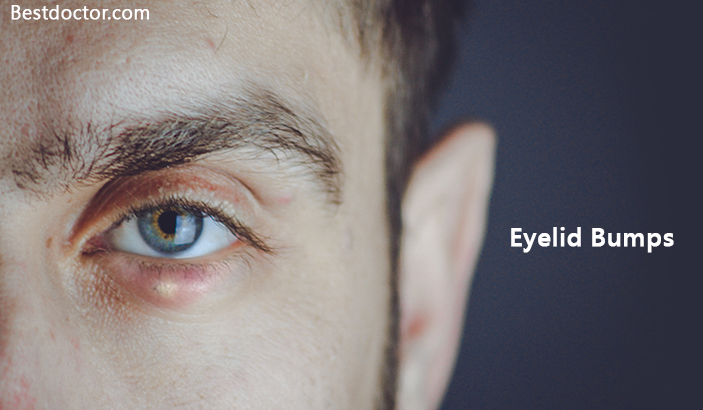
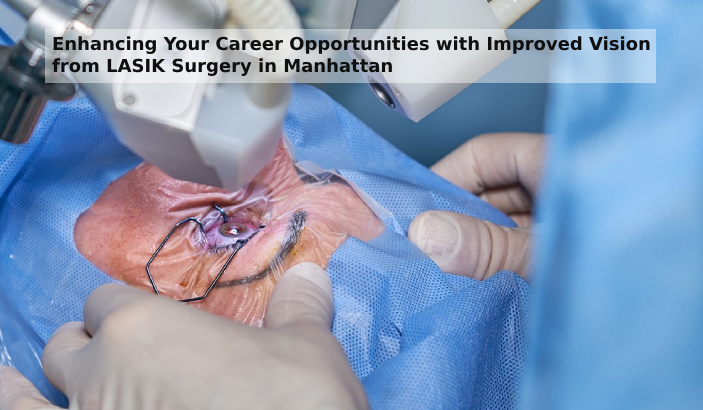
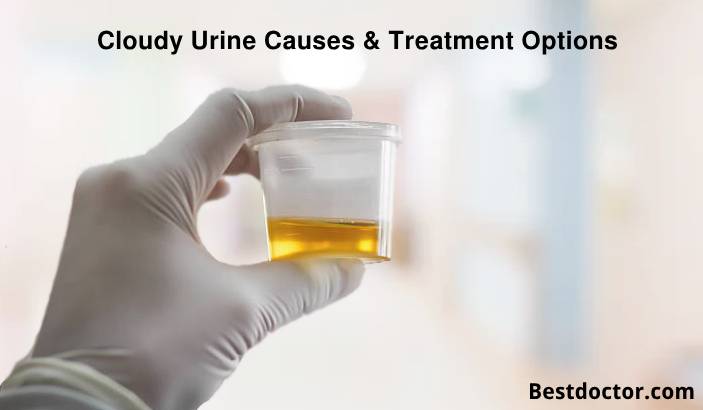
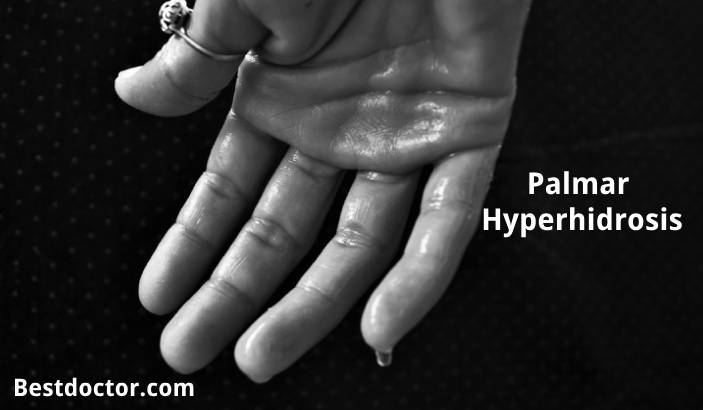

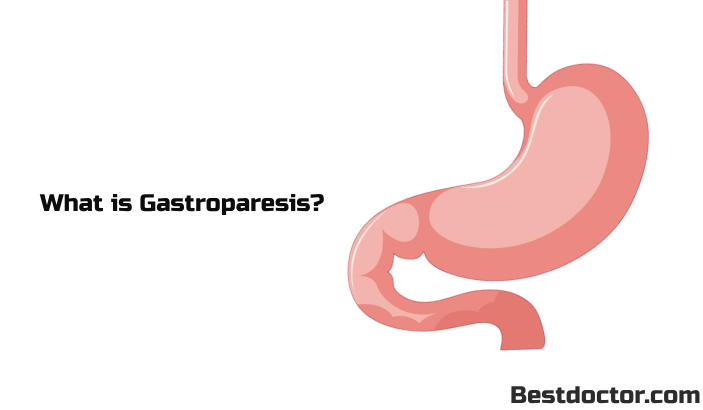
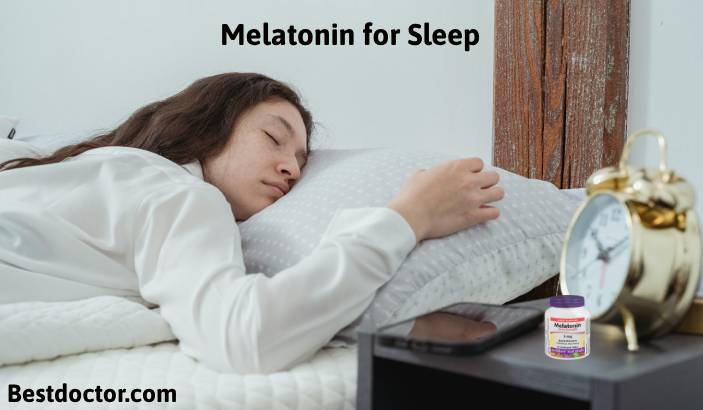
Enhancing Your Career Opportunities with Improved Vision from LASIK Surgery in Manhattan
What Does Cloudy Urine Mean in Females and Males?
Palmar Hyperhidrosis: Understanding Causes, Symptoms, and Treatment
16 Warning Signs You Need to Go See Your Doctor As Early As Possible